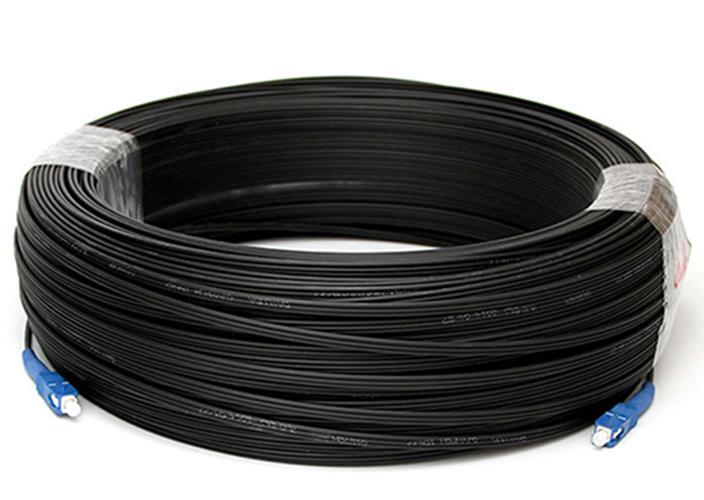Coutact Us
Whatsapp:+8618075108880
Email:info@ec-fibercable.com
Time:2023-03-16 15:03:06
Fiber to the Home (FTTH) is a network architecture that provides high-speed Internet, TV, and phone services to residential and commercial buildings using fiber optic technology. The FTTH network is designed with multiple layers and a spanning ratio to ensure optimal performance and reliability. In this article, we will discuss the FTTH network design layered and spanning ratio.

FTTH Network Layers
The FTTH network is designed with multiple layers to ensure optimal performance and reliability. The layers include:
Core Layer
The core layer is the central point of the FTTH network and provides high-speed connectivity to the Internet and other networks. It consists of a high-capacity router that connects to the Internet backbone through multiple upstream connections.
Distribution Layer
The distribution layer connects the core layer to the access layer and is responsible for distributing traffic between the two layers. It consists of multiple switches and routers that are connected to the core layer.
Access Layer
The access layer is the final layer of the FTTH network and connects the distribution layer to the end-users' premises. It consists of Optical Line Terminals (OLTs) that connect to Optical Network Units (ONUs) or Optical Network Terminals (ONTs) at the end-users' premises.
The access layer is further divided into two sub-layers:
a. Fiber Distribution Hub (FDH)
The FDH is the first sub-layer of the access layer and is responsible for distributing the fiber optic cables from the distribution layer to multiple Fiber Distribution Terminals (FDTs) located in the service area.
b. Fiber Distribution Terminal (FDT)
The FDT is the second sub-layer of the access layer and is responsible for distributing the fiber optic cables from the FDH to individual homes or buildings.
FTTH Network Spanning Ratio
The FTTH network is designed with a spanning ratio to ensure optimal performance and reliability. The spanning ratio is the maximum distance between the OLT and the ONT/ONU, and it determines the maximum number of subscribers that can be connected to a single OLT.
The FTTH network uses two types of spanning ratio:
Standard Spanning Ratio
The standard spanning ratio is used in most residential areas and has a maximum distance of 20 km between the OLT and the ONT/ONU. The standard spanning ratio can support up to 32 subscribers per PON (Passive Optical Network) port.
Long Spanning Ratio
The long spanning ratio is used in rural areas and has a maximum distance of up to 100 km between the OLT and the ONT/ONU. The long spanning ratio can support up to 64 subscribers per PON port.
FTTH Network Design Considerations
The design of the FTTH network is critical to ensure optimal performance and reliability. The following factors should be considered when designing an FTTH network:
Capacity Planning
Capacity planning is critical to ensure that the network can handle the expected traffic. The capacity planning should include the number of subscribers, the expected bandwidth, and the expected growth of the network.
Redundancy
Redundancy is critical to ensure that the network is available at all times. The FTTH network should be designed with redundant components such as switches, routers, and power supplies.
Scalability
Scalability is critical to ensure that the network can be easily expanded to accommodate additional subscribers. The FTTH network should be designed with modular components that can be easily added or replaced.
Security
Security is critical to ensure that the network is protected from unauthorized access and attacks. The FTTH network should be designed with multiple layers of security, including firewalls, intrusion detection, and encryption.